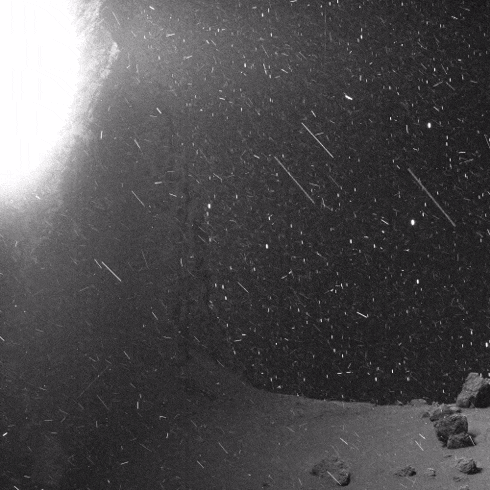If predictions are correct, a key outburst star could put on a show in early 2024.
If astronomers are correct, a familiar northern constellation could briefly take on a different appearance in 2024, as a nova once again blazes into prominence. The star in question is T Coronae Borealis, also referred to as the ‘Blaze Star’ or T CrB. Located in the corner of the constellation Corona Borealis or the Northern Crown, T CrB is generally at a quiescent +10th magnitude, barely discernible with binoculars… but once every 60 years, the star has flared briefly into naked eye visibility at around +2nd magnitude.
Finding T CrB in the sky. Credit: StellariumThe enigma that is T Coronae Borealis was first noted by Irish astronomer John Birmingham on the night of May 12, 1866. Observers later scoured the region for decades to come, until hitting pay-dirt with a second flare-up from the star once again in 1946. None other than astronomer Leslie Peltier of Starlight Nights fame witnessed the 1946 outburst. A recent study by Bradley Shaefer Louisiana State University in 2023 suggests that a bright ‘guest star’ seen in 1217 and again in 1787 in the same region mentioned in medieval manuscripts may in fact have been apparitions of T CrB.
The light curve from the 1946 outburst. Wikimedia Commons CCA 4.0, compiled from AAVSO data.We now know that T Coronae Borealis is what’s known as a recurrent nova. This occurs when a white dwarf companion star orbiting a red giant siphons off material, which accretes and compresses around the white dwarf star. This accumulates on the white dwarf, until it reaches a limit where runaway fusion occurs, and it shines briefly as a nova. Recurrent novae are rare, and less than 10 are known of in our galaxy.
A list of known recurrent novae. From The Backyard Astronomer’s Deep-Sky Field Guide by David DickinsonThis seems to suggest a periodicity of 80 years for the Blaze Star, suggesting another appearance running up to 2026. A suspicious dimming recorded in 2023, however, is now giving astronomers pause. The star behaved the same way in 1945, about a year prior to outburst. Astronomers are now hoping that we’ll see T CrB brighten this year.























